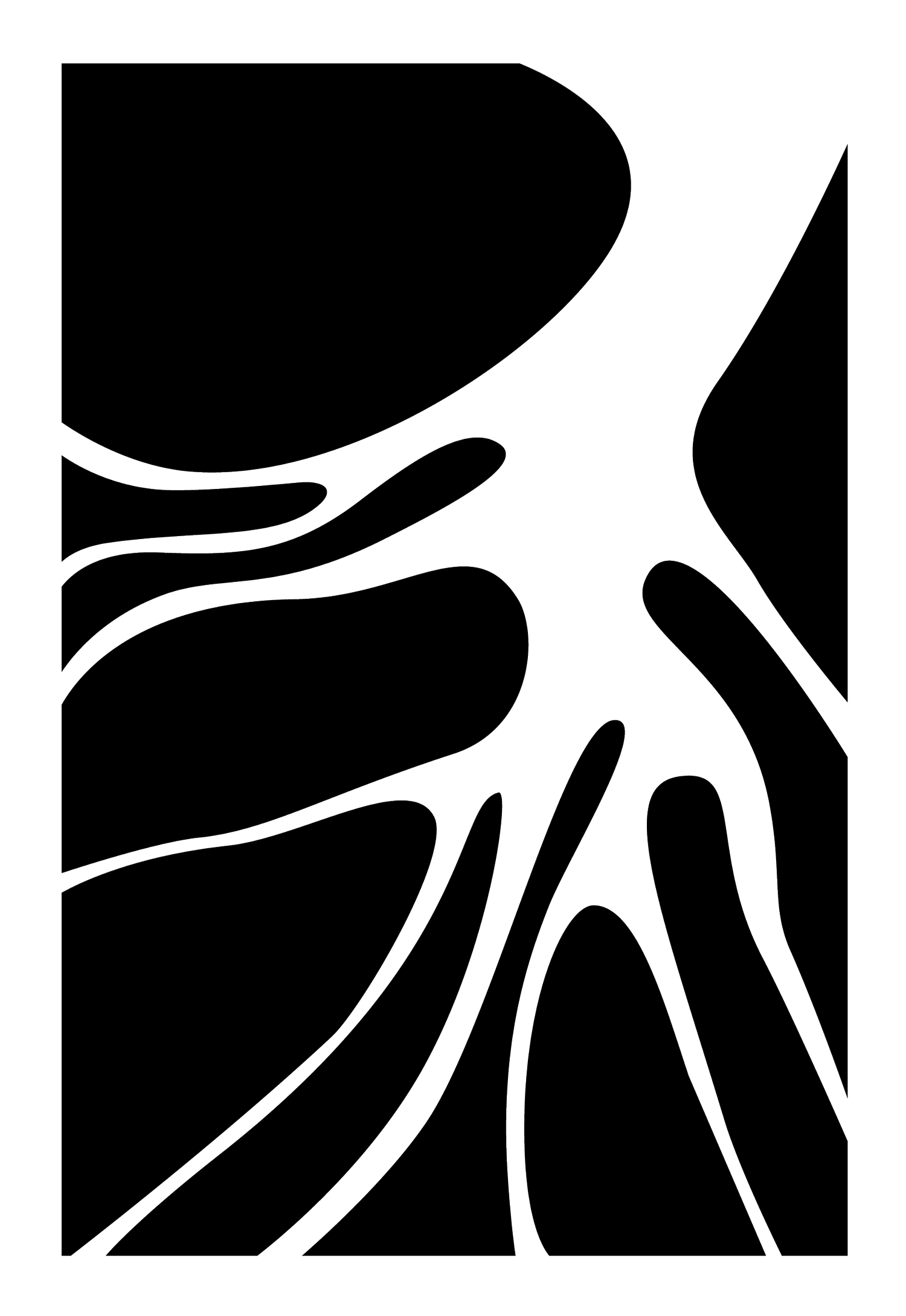Ghosts of an Island Summer
by Elisabeth Strayer
Some summers ago, I fell for an island: a narrow strip of land swathed with coarse grasses and rimmed by calloused rocks, tucked up just past the Maine border and into Canada. It was a formidable love, a desolate love: devilishly remote and mostly uninhabited, save for the three months each year when a small team of biologists and artists arrived for a summer of research and contemplation.
Merely reaching the island required considerable effort. We drove for hours before crossing the border, then caught a ferry to an island with a few thousand residents and a single grocery store. There, we met a lobsterman who shepherded us across the bay in his boat, until we reached a smaller motorboat that carried us to the lip of a giant muddy basin. Then, because we arrived at low tide, we slipped into knee-high rubber boots and waded to the dock with all our belongings. The island was playing hard to get.
Its charms, though, unveiled themselves quickly. We spent our first few days learning the rhythms of our island life, learning the land itself. From our cluster of unheated cabins in which to live and cook and work, a glance left or right revealed the full sprawl of the sea. Straight ahead rose a gentle hill that herring gulls would swarm, darkening the sky and diving for our skulls, when we dared to traverse it. (We were intruders, of course, encroaching on their year-round home.)
It was a summer that hardly felt like summer, at first. When we arrived, Memorial Day had barely passed, yet we spent our nights swaddled in our zero-degree sleeping bags, wearing winter coats, fleece-lined hats, and gloves to bed. And the revelries of prior summers gave way to new traditions. No beer — instead, we drank pitchers of water mixed with peach-flavored powder. No large parties — even with occasional visitors, our population never swelled past seventeen. No news of the world beyond — we had been graced with just enough laggy wifi to check our email every few days.
It was a summer of precision. Each morning, we measured rain in a glass tube. We measured fog, too — there was always fog — by noting how many yards we could see before the pale mist curled thick over the grass. Each day, the biologists gathered evidence: parting straggling seaweed into neat squares for observation, counting how many limpets made a home in each tidepool, administering hormone-filled syringes to baby sparrows. Each evening, the dinner bell clanged at 6 pm sharp as golden hour slanted through the windows, and we rushed in from all ends of the island, setting our work aside to break bread — there was always bread, always fresh-baked.
It was a summer of immersion. We wound through craggy, pebbled shorelines in search of dramatic sunsets; we tiptoed among ancient forests thick with leafless, lichen-draped trees; we grew to know the patterns of the Savannah sparrows who dove among the grasslands, and of the Leach’s storm petrels who burrowed into subterranean nests. We even welcomed the island into our bodies, taking short-lived dips in the frigid ocean and cooking with slick seaweed harvested from the rocks.
It was a summer of ghosts. We marveled at faded photographs of islanders past, which lined our common area. As we explored the beaches, rusted remnants of early automobiles poked through the sand, flaking and skeletal. Nameless, faceless beings haunted our dreams, and the howls of far-off seals were said to be the wailing of a ghost who lent the island her family name.
Now, many summers later, my time on the island seems almost ghostly. Still, its traces linger. Still, I have fallen for it. One day, when it is ready to receive me once more, I will take a van and a ferry and a motorboat until, knee-deep in mud, I can plunge across the basin and up to the dock in the giant rubber boots I have saved, all these years, for just this occasion.
Elisabeth Strayer lives in upstate New York with a flock of chickens. She holds a PhD in English from Cornell University, where she researched and wrote on environmental forms in the novel. Her fiction appears in The McNeese Review and Full House Literary.

